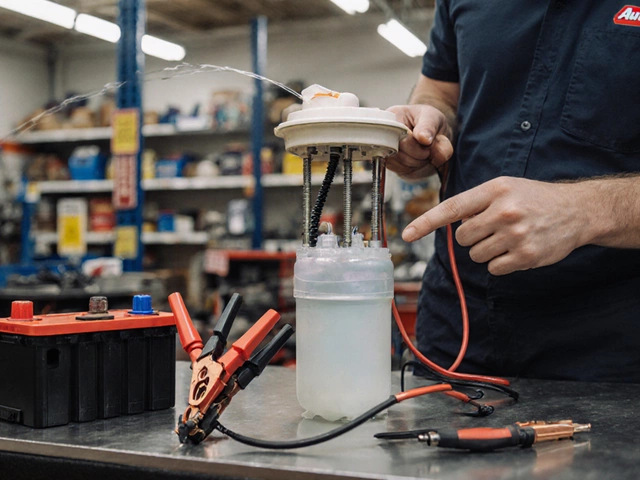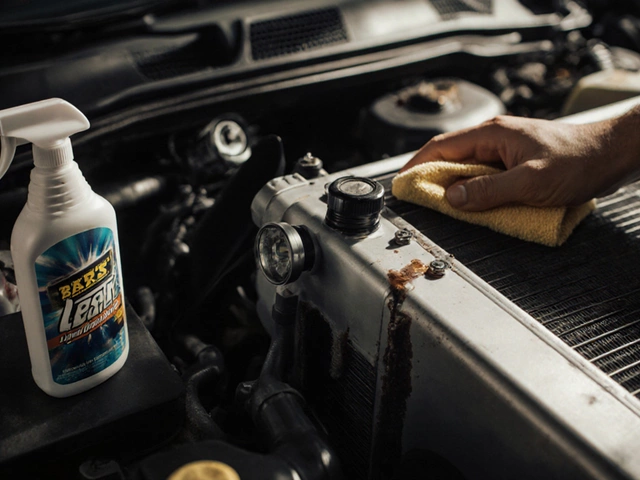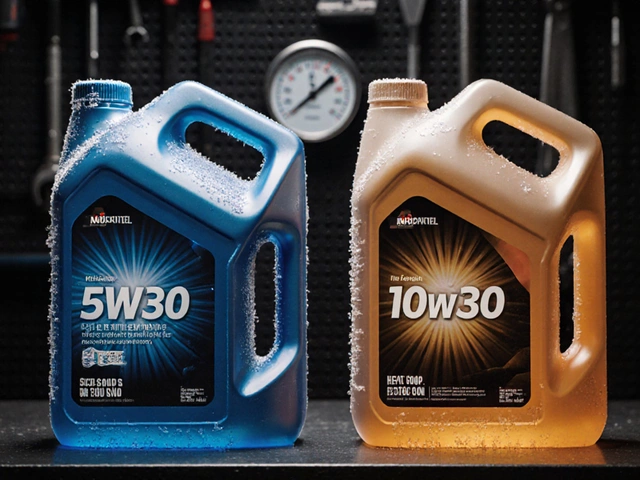HVAC Filter Count – Simple Guide to Knowing Your Car’s Cabin Air Filters
Ever wondered why the air inside your car sometimes smells like the outside? The answer often lies in the HVAC (heating, ventilation, and air‑conditioning) filters. Knowing how many filters your vehicle uses and where they sit can save you money, keep the cabin fresh, and protect the system from damage.
Most modern cars have at least one cabin air filter, but some models use a second pre‑filter or a separate blower motor filter. The exact count depends on the make, model, and year. If you’re not sure, grab your owner’s manual or peek under the glove box – the filter box is usually a rectangular plastic cover with clips.
Where to Find Your HVAC Filters
The most common location is behind the glove compartment. Open the compartment, release the side clips, and you’ll see a rectangular panel. Pull it out and the filter slides right out. A few SUVs hide the filter under the windshield cowl (the black strip at the base of the windshield). If your car has a dual‑filter setup, one will be in the cabin box and the other in the engine bay near the intake.
When you pull a filter, check its condition. A clean filter looks white or beige and feels soft. If it’s dark, crumbly, or smells musty, it’s time for a swap. Counting the filters is as easy as noting how many you just removed. Write it down – you’ll need that number for future maintenance.
How Often Should You Replace Them
Replacement frequency isn’t one‑size‑fits‑all. A general rule is every 12,000‑15,000 km (or about 8,000‑10,000 miles) for normal driving. If you live in a dusty area, drive a lot of off‑road, or frequently haul pets, cut the interval in half.
Some manufacturers recommend checking the filter at every oil change. That’s a handy reminder because you’re already at the shop. When you replace, use the exact same size and type – most filters are labeled with dimensions and a part number.
Skipping filter changes leads to reduced airflow, which can make the HVAC system work harder. Over time, the blower motor may overheat, and you might notice weaker heating or cooling. In worst‑case scenarios, a clogged filter can cause water to leak into the HVAC housing, creating mold growth.
So, what’s the practical takeaway? First, locate every filter in your car – usually one, sometimes two. Second, write down the count and set a reminder based on the mileage guideline that matches your driving habits. Third, inspect the filter whenever you service other parts; a quick visual check can alert you early.
Keeping the HVAC filter count in mind is a tiny step that makes a big difference in cabin comfort and system longevity. Next time you pop the hood or clean the glove box, give those filters a look – your car (and nose) will thank you.

How Many Filters Does an AC Unit Have? Explained
Discover exactly how many filters a typical residential AC unit contains, where they are located, and how often to replace each for optimal performance and air quality.
CONTINUE READING








